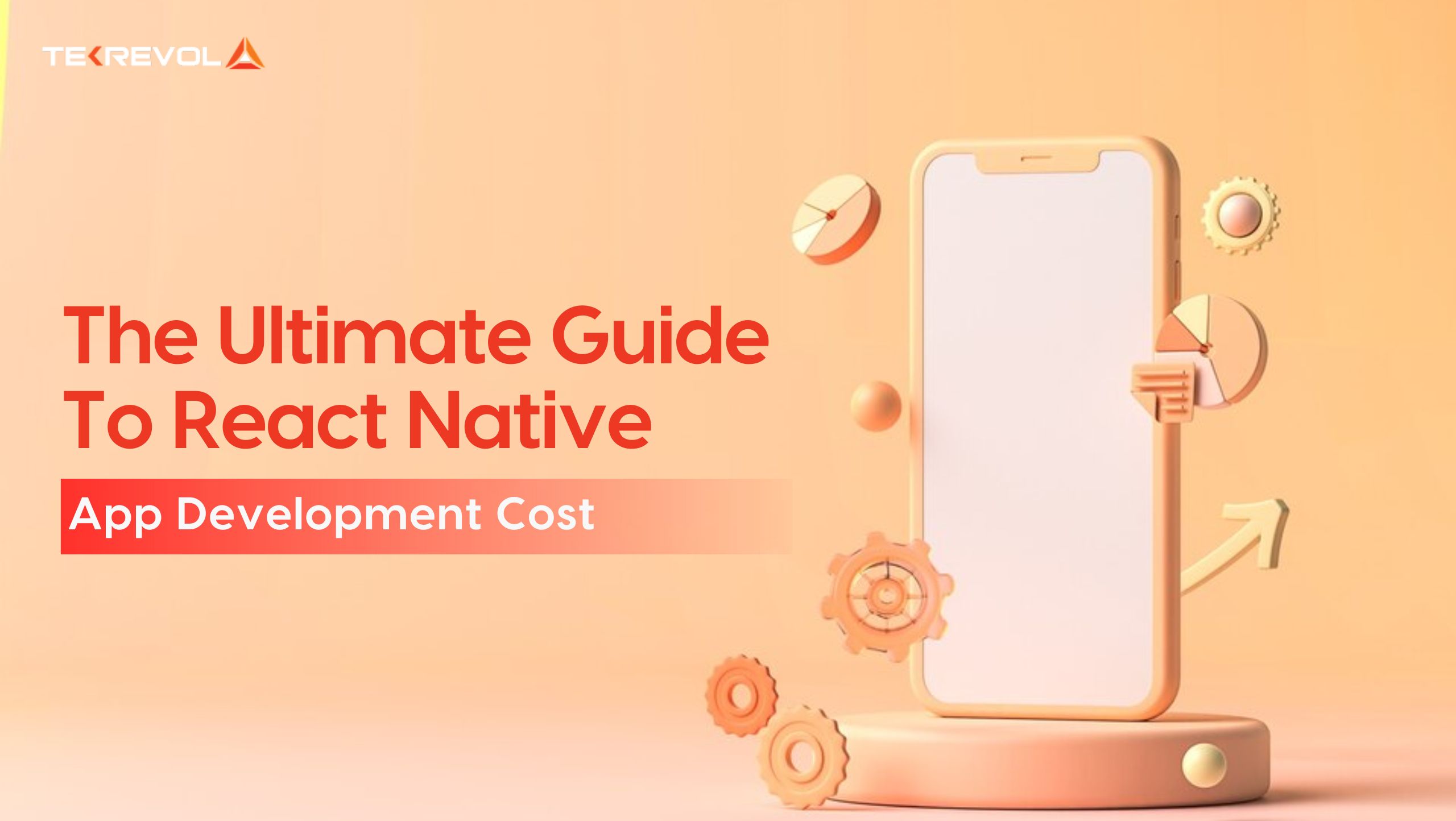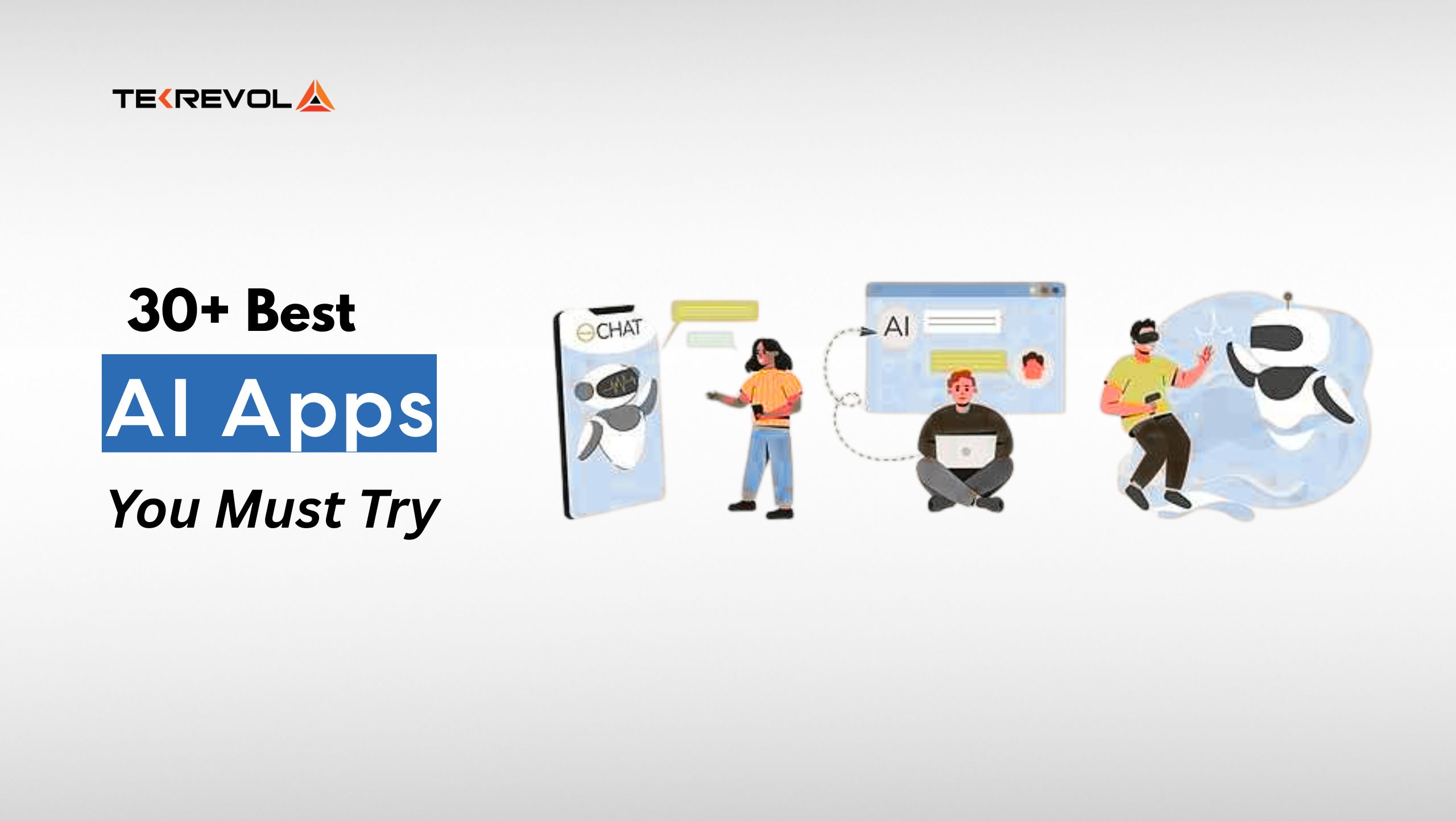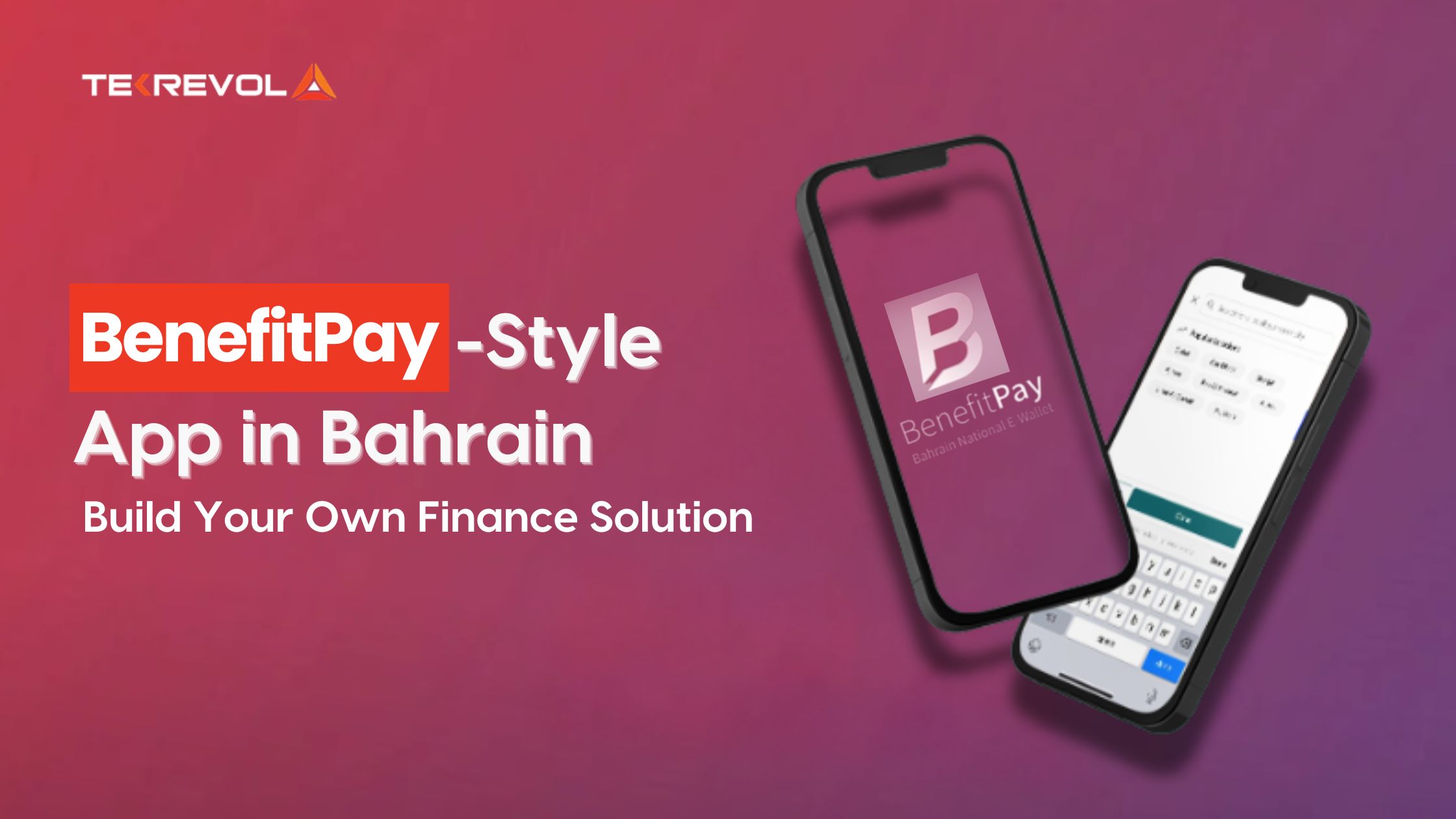No founder wants to launch a product with little market demand. And even if there is demand, 29% of startups fail because they run out of cash. MVPs became popular among startup founders and technopreneurs to avoid both scenarios.
Dropbox, Groupon, Zappos, Twitter, Amazon, Uber, Etsy, Airbnb, Spotify, and Facebook are examples of successful tech products that started as MVPs. This takes us to the big question:
How does the process differ from traditional software or app development processes?
If you also have an epic solution for a pressing problem your audience faces, here is a quick guide that will help you scratch the surface of how to build an MVP.

Why should startups build an MVP first?
- Idea maturity: startups and developers can test whether their ideas are investment-worthy
- Technology stack: an MVP in an actual user environment gives a thorough insight into the right technical tools, technologies, operating systems, and hosting platforms.
- Cashflows: successful startups launch sustainable products first, monetize them, then invest the revenues into expansion and scaling.
- Quick release: some developers launch products based on rising trends and fads. Developing MVPs is quicker compared to other approaches, so your product is out in the market in the early phases of the trend.
How to build an MVP
We have broken down the MVP development process into eight clear steps for all types of stakeholders: product developers, business analysts, venture capitalists, investors, and ones whose ideas are in the initial phase at the moment.
1. Research the market
Having a product idea alone does not guarantee success – it should be mature enough to fit the market needs, have a demand, and possibly have some existing competitors. This means your idea should be backed by solid market research – and businesses often conduct surveys and dig platforms like Quora and Reddit to understand the pain points of their intended target audience.
You have to focus on your target users here: their age, demographics, background (geographic or medical, in some cases), interests, education, income levels, professional choices and careers, daily routines or food choices, etc. These research factors will significantly change, considering the category or sector of your product.
If you are up for creating and launching a mobile app, you’ll have a more significant ground to play, including healthcare, sports, games and media, and whatnot.
Custom Software development, and in fact, SaaS, is currently trending in healthcare, automotive, business use, and so on.
2. Study the value addition part
Now you have researched the market, understood your target audience, and identified their pain points. It is time to compare your product idea to existing solutions and spot where you can make a difference. It would help if you capitalized on the gap in the existing products.
Ask yourself questions like:
Why would users pick my product when there are already tens of such tools available? Lower price, better features, improved performance, a more extensive database, faster delivery, or a unique platform – anything could be the answer here. This becomes your value proposition, USP, and ultimately why you are building and launching THIS product.
3. Decide features – the most important ones
Set clear goals for your product since that will help you determine the features you should offer. Once you have the list of features, checkmark the ones that align with your app’s basic, essential functionality.
The secret to success here lies in addressing both: the ‘M’ and ‘V’ of your ‘P.’ This means that you can initially consider introducing a minimal product, but you can’t ignore viability. It has to be complete – technically, logically, and functionally.
Ask yourself a question here:
What will the users do with this product? Then with each answer, jot down a feature or two. Once you have the list, keep only the essential ones.
4. Design the UI and UX
Designing is one of the most critical stages of MVP development. It’s a vital stage where UX designers create wireframes and app screens, forming the product’s primary user interface and visual building blocks.
Breaking it down, MVPs must have the shortest user flows, so even designers must think strategically and eliminate the extras in the design. What remains is a minimal user interface displaying all the essential features.
5. Develop your MVP
Here comes the stage of your process that requires the highest technical efforts – coding, hosting, etc.
If you are from a technical background, you are likely to build a product with assistance from a cofounder, a venture capitalist, or at least a designer.
If you are from a business background or have financial stakes, you have two broad options: hire a remote team through staff augmentation or completely outsource your project.
In any case, we recommend monitoring the development milestones in their timelines
6. Test your MVP
Repeating the fact that founders and developers need to remember the definition of an MVP before they launch: it is a minimal product, but it is viable and technically complete.
In short, your users shouldn’t download or buy your product only to find out that it still needs improvement, does not support the purpose, or crashes upon use.
For all of this, testing is more important than startups can imagine. Test your product for usability, performance, loading time and speed, user experience, and, most importantly, data retention, security, and privacy.
Use methods like unit testing, functional testing, batch testing, device testing, and penetration testing to ensure you have eliminated any glitches that might put your users off.
7. Launch your MVP
There are two main ways to launch a technical product – soft and hard launch.
The soft launch is the release of a product with beta testing programs and helps startups and developers understand the actual market demand for their product. For instance, Dropbox launched its MVP with a video.
The hard launch is releasing a fully-featured product to a broad audience segment in your primary market. It has at least 95% of the features you had planned in your final product.
Going by the book, MVPs are better suited for soft launches. You can get decent downloads, collect data, and test your product’s performance in uncontrolled environments – in short, complete your homework for the next big thing your product should offer.
Most importantly, you can analyze the monetization patterns and decide if you need to change the model, introduce a mix, or change nothing!
Recommended Read: Soft Launch vs. Hard Launch – What’s the difference and when to use each
8. Collect user experience data and upgrade
One significant benefit of developing an MVP is that you can continuously learn from your users’ experiences, improve your product and upgrade it to meet user expectations. This is a cycle where you continuously test, build, measure, and learn.
Back to your MVP’s primary definition, it is a product with only essential features. So, with time you can enhance your product’s features and functionality and scale your monetization options.
Recommended Read: SaaS Development Guide
Wrapping Up…
Minimum Viable Products have become integral to software and app development lifecycles. With MVPs, developers can test the core functionality and fix bugs before users catch them, get annoyed and discard the product. Developing MVPs before the actual product launch can save time, technical effort, and financial resources.
- Ready to develop an MVP?
- Learn everything you need to know about the types of AR apps, current market trends, technical aspects, and much more in our articles.

 3316 Views
3316 Views May 9, 2025
May 9, 2025









